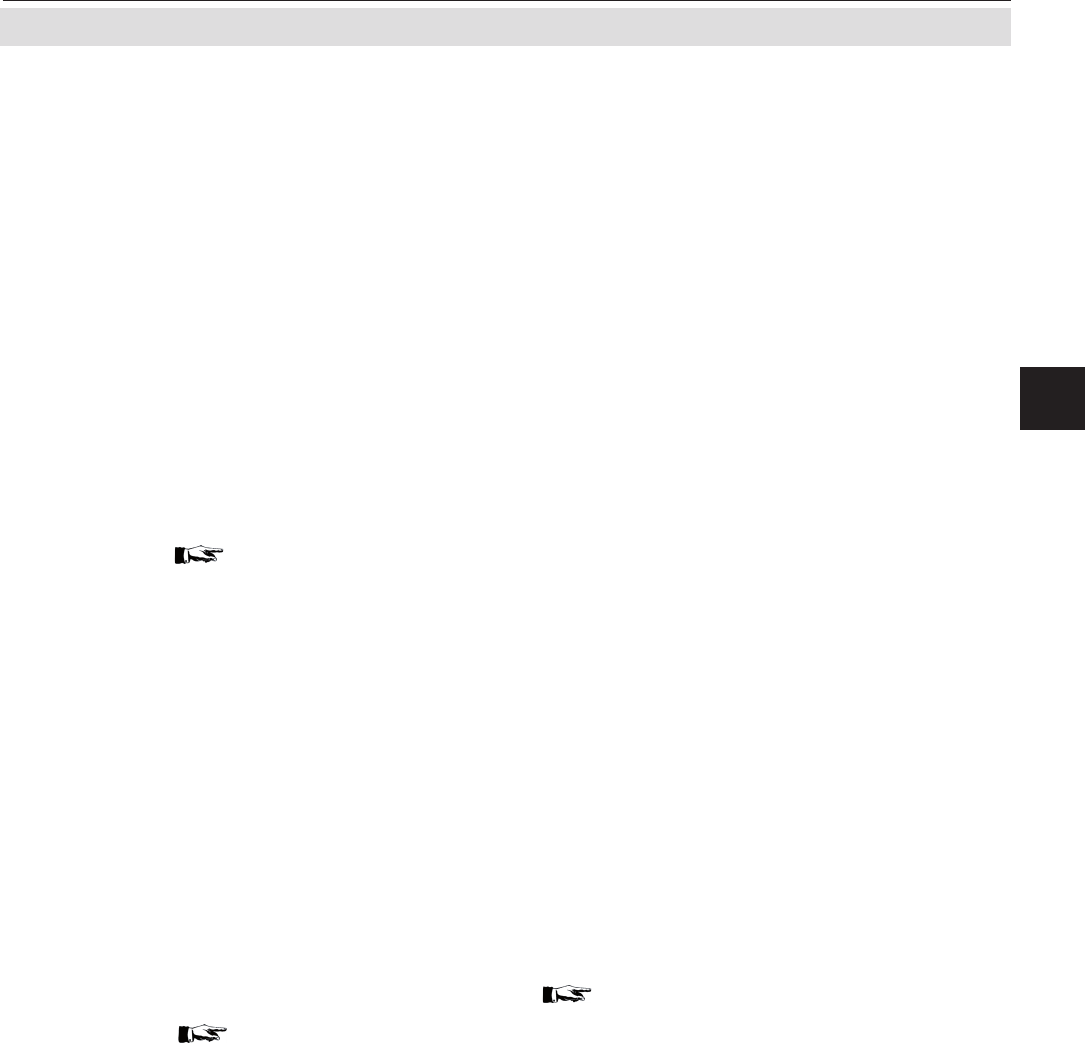
Emerson Process Management GmbH & Co. OHG 1-9
X-STREAM X2
Instruction Manual
HASX2E-IM-HS
02/2012
1.3 Interfaces
1.3.1 Analog Outputs
Each X-STREAM analyzer is tted with one
output per channel as standard, which can
transmit data on concentration levels to an
external data acquisition system.
The mode of operation (e.g. 4-20 mA,
0-20 mA) and support for NAMUR NE 43
specications (incl. Live Zero) can be set in a
software menu ( 5.7.4, page 5-20).
The factory setting for analog outputs is
4-20 mA.
X-STREAM analyzers support up to four ana-
log outputs, which, however, do not always
need to be assigned to measurement chan-
nels which are physically present: if a unit has
less than four channels, the remaining analog
outputs can be used to transmit concentration
levels with a different resolution; for example,
a single-channel analyzer could be set up as
follows:
Output 1: 0…100 % CO
2
= 4…20 mA
Output 2: 0…25 % CO
2
= 4…20 mA
1.3 Interfaces
All analyzer types are tted with one analog
electrical output for each channel and four
status relays as standard.
As an option, further interfaces can be ad-
ded.
Depending on the unit conguration, all in-
terfaces are accessible via either SubminD
connectors or screw terminals
.
1.3.2 Status Relays
By default, the four relays are congured to
signal the current status of the unit according
to the
NAMUR NE 44 recommendations
(“Failure”, “Maintenance request”, “Out of
specication” and “Function check”). Howe-
ver, the operator can assign different functions
to the relays via software menus. For more
information, see 6.2.3.4.2, page 6-37 ff.
Note!
The NE 44 status is also indicated by the
LEDs on the front panel. These LEDs remain
conformant to NE 44 even when the status
relays are assigned different functions by the
software.
The contacts, which can take a maximum load
of 30 V at 1 A and 30 W, can be operated as
normally open or normally closed.
Further information on the status relays
is provided in the chapter “Technical Data”
2.1, pages 2-2 ff!
1
Technical Description


















